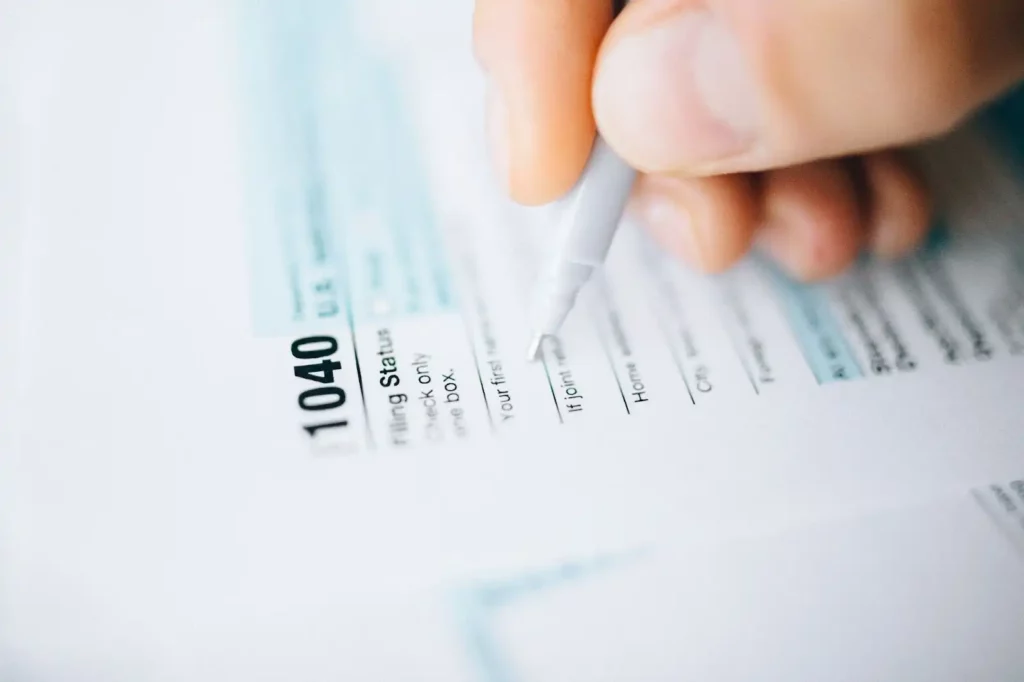Many business owners I talk to aren’t necessarily cut from the traditional entrepreneurial cloth. After all, we can’t all be 12 inventor/business moguls like Moziah Bridges of Mo’s Bows. More and more startups are being led by founders that come from working backgrounds at other startups, traditional businesses, and even large corporations. Part of breaking free to start something of their own is the freedom of self-employment.
Going from manager, director, etc. to founder & CEO typically means you have the freedom to set your own hours, design your own spaces, and determine your company’s mission and core values. However, with that license to self-command comes responsibilities, least avoidably in the form of taxes.
When you’re an employee who gets paid by an employer, that employer is required to withhold a certain amount from your paycheck and pay that to the various tax authorities. At the end of the year, the total amount of tax that has been withheld is measured against the total income tax due from the taxpayer (in this case that’s the employee). More often than not, this results in a small refund or small amount due.
Recommended Reading: Our CPAs Answer Your Top 5 Burning Tax Questions
Unlike the W-2 wages an employee earns from their employer, self-employed earners don’t have anything withheld from the income they earn. So, if you’re a sole proprietor, S-Corp shareholder, contractor, or partner, you must learn to manage money throughout the year and budget for tax expenses. Fortunately, tax authorities like the IRS (here’s their tax center for the self-employed) have made this easy enough by breaking out the tax expenses throughout the year:
Estimated Tax Payments for Self-Employed Earners
Because self-employed individuals and independent contractors don’t have these withholdings, they make estimated payments throughout the year. Otherwise, they are liable for the entire year’s tax when they file their annual return which can be understandably harder to plan for. Unfortunately, because of the various tax brackets and additional self-employment taxes applicable to self-employed individuals, calculating how much to pay each quarter can be a bit complicated. But fortunately…
The IRS has made paying estimated taxes much less intimidating!
Recently, they’ve alleviated forms and created a secure Direct Pay portal for self-employed taxpayers to make and look up payments directly. According to Bankrate’s explanation, this new method lets taxpayers connect directly with their bank account to pay their quarterly tax payments directly and paperlessly.
Estimated taxes are due each quarter based on your fiscal tax year. This article features the most up-to-date information about when taxes are due.
Understanding the Safe Harbor Alternative
A quicker and popular solution is to pay the safe harbor amount each quarter. This involves paying 25% of prior year’s total tax responsibility each quarter, or if your income was greater than $150,000 in the prior year, 27.5% of prior year’s tax each quarter. Paying this amount protect you from owing any interest and penalties throughout the year….
But do your homework!
Because the safe harbor is based on prior year income, there’s a chance it’s the best option. Think about it, what if you have a much smaller tax liability as compared to prior year? Using the safe harbor in this scenario would mean paying more tax than you need to and essentially giving the IRS an interest-free loan until you claim your refund when you file your tax return.
If your prior year liability is substantial and you’re pretty sure it would be less this year hire a tax professional to calculate your estimated tax due each quarter. In the end, this service can pay for itself.
Building Taxes Into Your Budget
As a self-employed earner, you are naturally going to have to be cognizant of additional expenses. Paying taxes on your income is just one of those obligations, but is luckily one you can anticipate and get ahead of. Be sure to add this into your year-round budget along with other fixed costs so you can prepare for it and make it one less thing you worry about!



